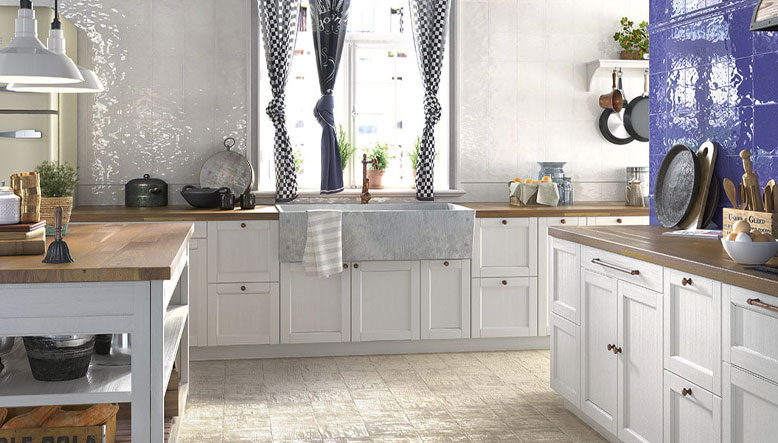When choosing flooring for your home, it is essential to know the differences between porcelain and ceramic tile floors. Both materials offer advantages and disadvantages that can influence your decision. Below, we will explore their features, advantages, disadvantages and the key differences between them.
What are porcelain floors?
Porcelain floors are manufactured from a refined mixture of clays and minerals, subjected to high temperatures and pressures. This process produces a dense, resistant material with low water absorption, ideal for areas with high humidity and intense traffic.
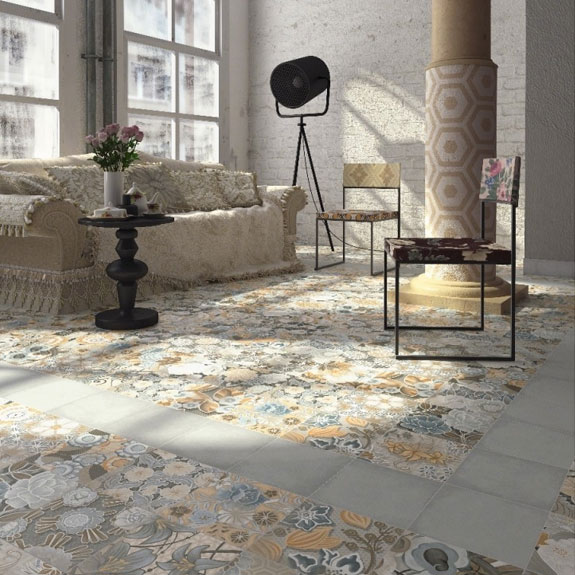
What are ceramic floors?
Ceramic floors are made from a mixture of clay, sand and other natural materials, fired at high temperatures. They are more porous than porcelain tiles and have a higher water absorption, which makes them more suitable for areas with lower humidity and moderate traffic.
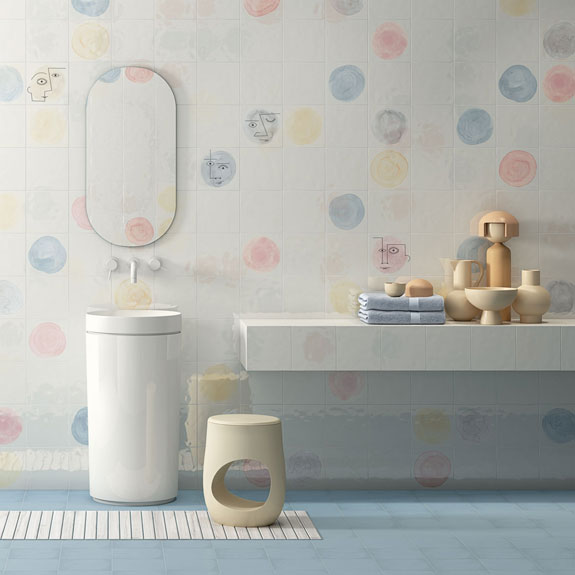
Advantages of porcelain floors
- High resistance and durability: They withstand wear, shocks and stains, making them ideal for high traffic areas.
- Low water absorption: Their minimal porosity makes them perfect for humid spaces such as bathrooms and kitchens.
- Versatility in design: Available in a wide range of finishes, including imitation wood and stone.
- Suitable for outdoor use: They resist adverse weather conditions, being suitable for terraces and gardens.
Disadvantages of porcelain floors
- High cost: They are usually more expensive than ceramic floors.
- Complex installation: They require specialized labor due to their hardness and weight.
Advantages of ceramic floors
- Economical: Generally more affordable than porcelain tiles.
- Easy installation: Easier to cut and place, which can reduce installation costs.
- Variety of designs: They offer multiple aesthetic options to adapt to different decorative styles.
Disadvantages of ceramic floors
- Lower resistance: More prone to impact damage and wear.
- High water absorption: Not recommended for areas with high humidity or outdoors.
Recommended uses according to soil type
Interior spaces
- Bedrooms and living rooms: Both types of flooring can work well in these areas, depending on decorative style and budget. Ceramic tile is an economical choice, while porcelain tile offers greater durability.
- Kitchens: Porcelain tile is recommended because of its resistance to moisture and stains. However, ceramic may be suitable if the kitchen is not exposed to heavy use.
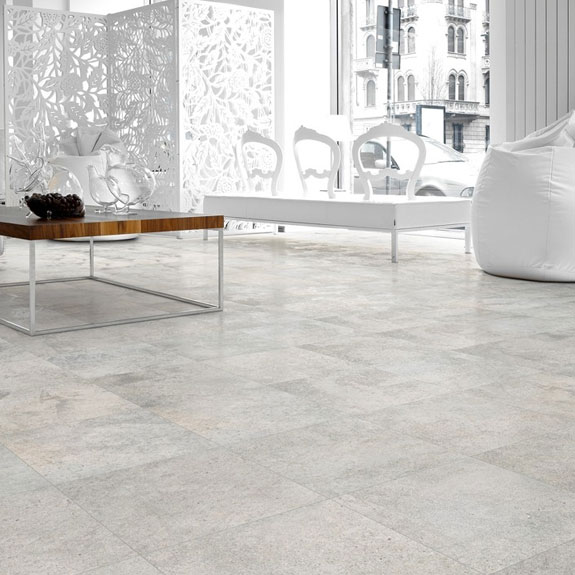
Outdoor spaces
- Terraces and balconies: Porcelain tile is ideal for exteriors due to its low water absorption and resistance to adverse weather conditions. Ceramic tile is not recommended in these areas due to its porosity.
- Landscaping: Porcelain tile, especially in thicker formats, is perfect for supporting weight and constant exposure to the elements.
High traffic and high humidity areas
- Heavy traffic: Porcelain tile is the best option, as it resists wear and tear without deteriorating.
- High humidity: For bathrooms and laundries, porcelain tile offers the necessary safety against water absorption and associated damage.
Factors to consider when choosing between porcelain and ceramic tiles
- Available budget: If you are looking for a more economical option, ceramic is an appropriate choice. However, if budget allows, porcelain tile may offer a better long-term return on investment.
- Durability required: In areas with constant traffic or where greater resistance is required, such as hallways and entryways, porcelain tile is the ideal choice.
- Desired aesthetics and design: Both materials offer multiple styles. Porcelain tile can mimic materials such as stone or wood with greater realism, while ceramic tile excels in decorative patterns.
- Specific environmental conditions: In outdoor or wet areas, porcelain tile is the safest and most durable option. For interiors with less exposure to moisture, ceramics can be a viable and economical alternative.
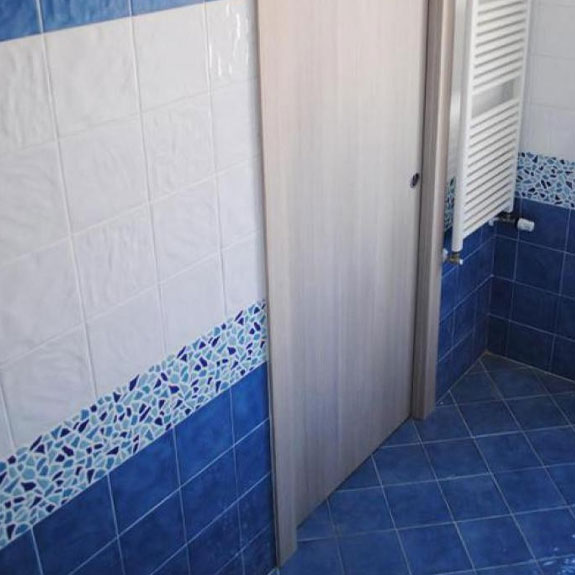
Both types of flooring have unique characteristics that make them ideal for different applications. Porcelain tile stands out for its strength and versatility, while ceramic tile is an economical and decorative option. The choice will depend on your specific needs, your budget and the intended use of the space.
Frequently asked questions about porcelain and ceramic tile floors
-
Which is easier to maintain, porcelain or ceramic tile?
Porcelain tile flooring is easier to maintain due to its low porosity, which makes it less susceptible to stains and dirt. However, both types of flooring can be easily cleaned with water and mild detergents.
-
Can I install ceramic tile flooring outdoors?
It is not recommended to install ceramic tile flooring outdoors due to its high water absorption, which can cause damage such as cracks in extreme weather conditions. For exteriors, porcelain tile flooring is the best option due to its resistance to water and weather conditions.
-
Which option is more suitable for a tight budget?
Ceramic tile flooring is usually less expensive than porcelain tile, making it a good choice for budget-conscious projects. However, keep in mind that porcelain tile may offer better long-term performance in terms of durability and strength.

